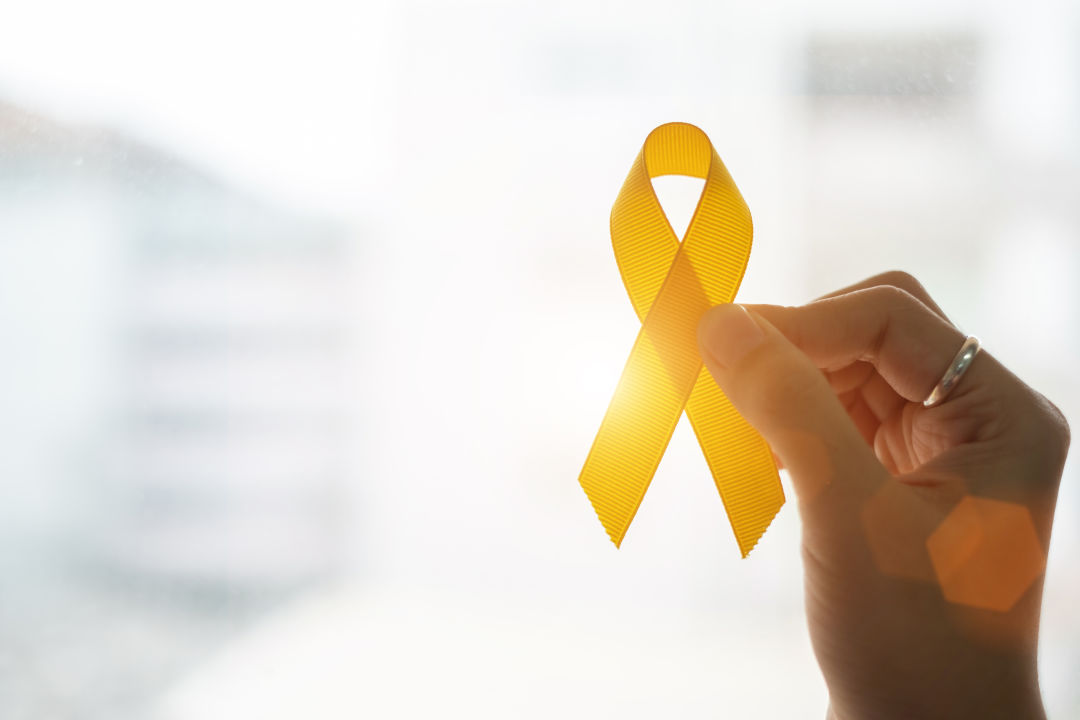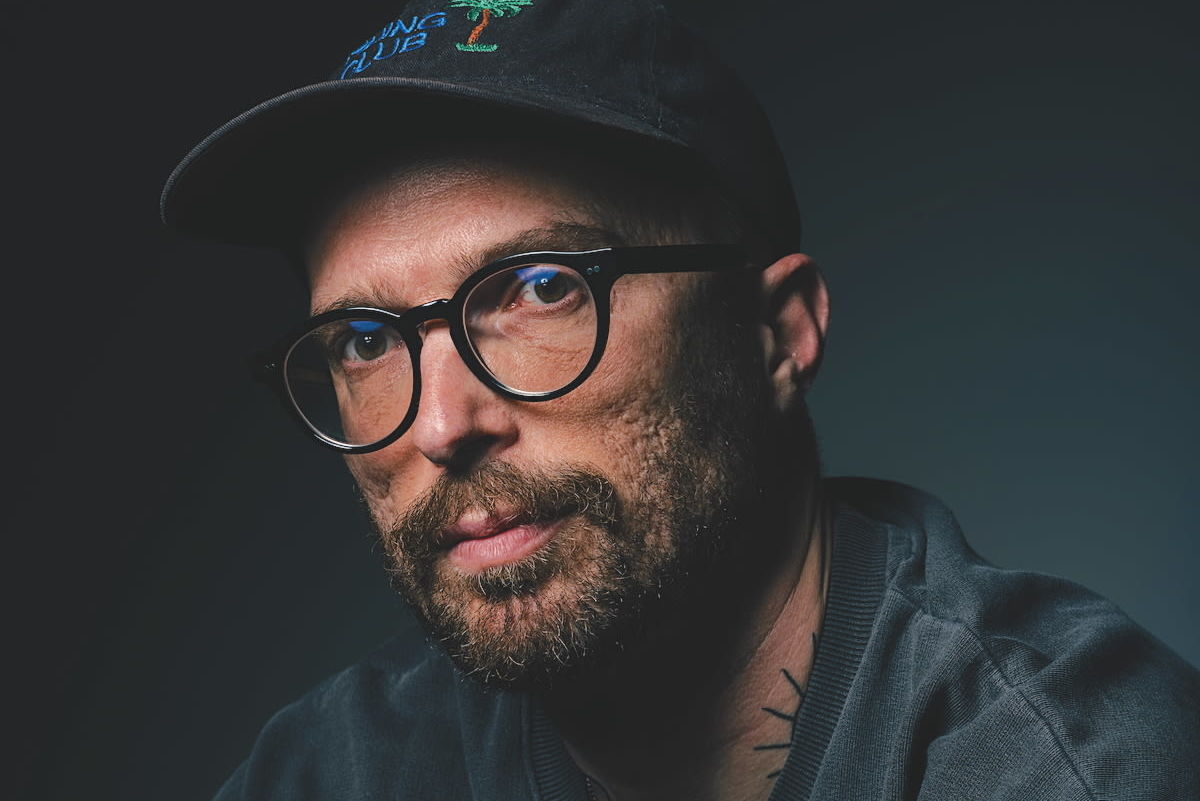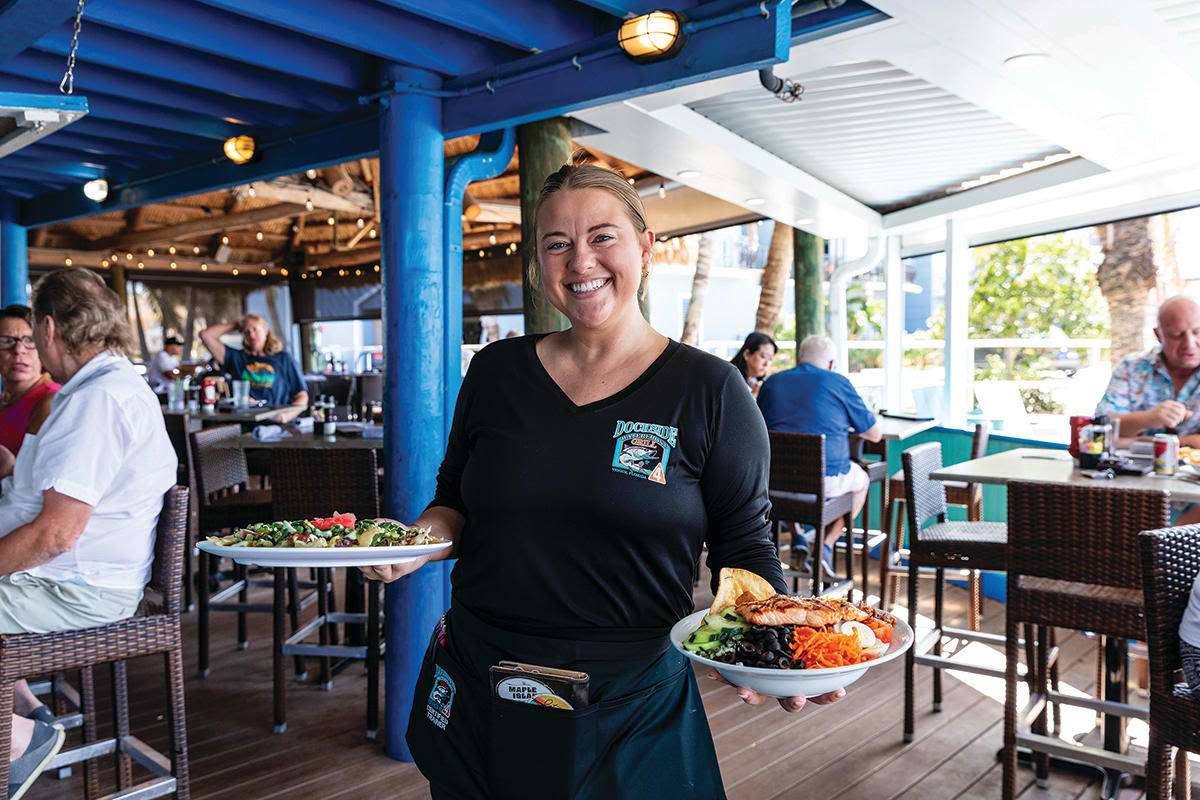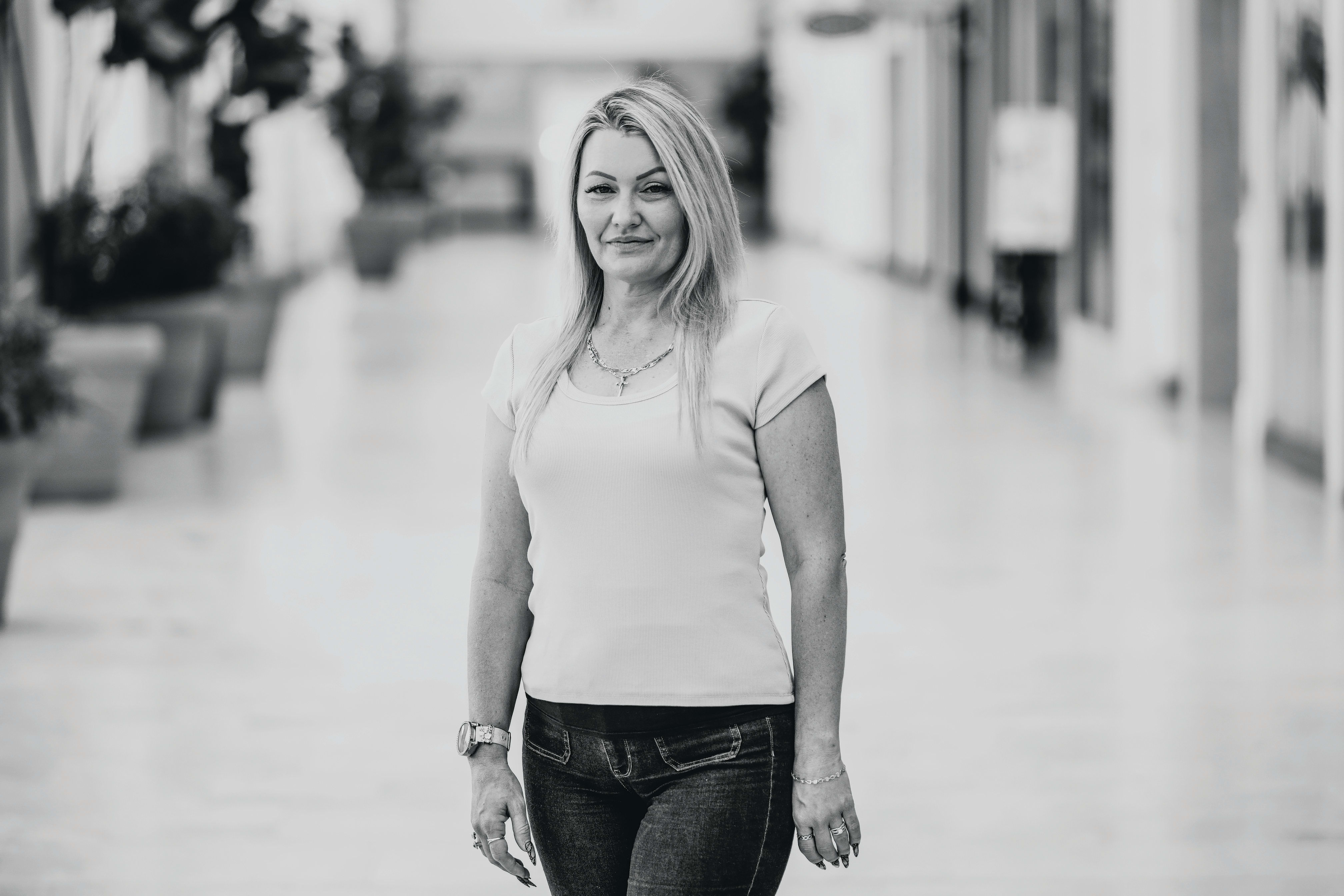September Is Suicide Prevention Month

Approximately 800,000 people a year die by suicide.
Image: Shutterstock
What should you do if you suspect someone you know is having suicidal thoughts?
“Talk to them,” says Dr. Bart Hodgens, a licensed clinical psychologist with Sarasota’s CenterPlace Health. “Establish a line of communication. There are a lot of resources out there, but it starts with communication and the emotional connection.”
September is National Suicide Prevention Awareness Month, and World Suicide Prevention Day takes place this Thursday, Sept. 10. Approximately 800,000 people a year die by suicide, and the World Health Organization suggests that as many as 20 times that number attempt suicide. Still, mental health struggles in general—and suicide specifically—retain a stigma that threatens to sabotage one of the most important tools for emotional distress: communication.
Covid-19 has exacerbated the problem. In August, the CDC released data that revealed that one in four young adults had considered suicide because of the pandemic.
Local organizations are taking action. CenterPlace is planning to open a new behavioral health center on the Glasser-Schoenbaum campus, alongside the organization’s existing pediatric primary care offices. “We’re really trying to build a collaborative, integrated health model,” says Hodgens.
Recent years have also seen the development of peer-to-peer organizations like SRQ Strong, which build social support groups that help members develop their own crisis plans apart from the medical system.
And the Charles and Margery Barancik Foundation has partnered with Dr. Andrea Blanch, an independent mental health consultant who has previously helmed trauma-informed care initiatives at the state and national levels, as part of the organization’s social wellness initiatives
But in addition to moment-of-crisis interventions, Blanch suggests a new approach to suicide prevention that looks at mental health distress and trauma from a broader angle.
“Suicide-prevention efforts have long focused on preventing the behavior of suicide,” she says. “Like many of our mental health efforts, we focused on the symptoms. The symptom [of suicide] is dire and deadly and we want it to stop. But it’s not like somebody is perfectly fine one day and the next they say wants to kill themselves. Suicide doesn’t just come out of the blue.”
Blanch suggests that suicide-prevention efforts “move upstream” by, in part, focusing extensive services on known high-risk groups, including victims of child abuse and neglect, people who have a family history of suicide, combat veterans, and children and adolescents who’ve questioned their gender identity.
Says Blanch, “Anytime we’re identifying groups that are high risk, shouldn’t we be asking, ‘Could we be wrapping some services around them? What are we doing in a universal way with that whole group to lessen their risk?’”
From a Survivor:
"I am involved in suicide prevention because of its impact in my own life. I made it through the darkest times with help. I am very lucky. Now I am involved because I know it can save a life. One session with a therapist can plant a seed for recovery, or a journey to healing. A kind word from a friend can keep you strong in tough moments. When we remove pressure from people to be/appear 'OK,' we allow them to move through a safer emotional regulation process." —Brittanny M., Sarasota-based advocate for To Write Love On Her Arms, headquartered in Melbourne, Florida
Resources:
National Suicide Prevention Hotline: (800) 273-8255
Crisis Text Line: text “HELP” to 741-741



